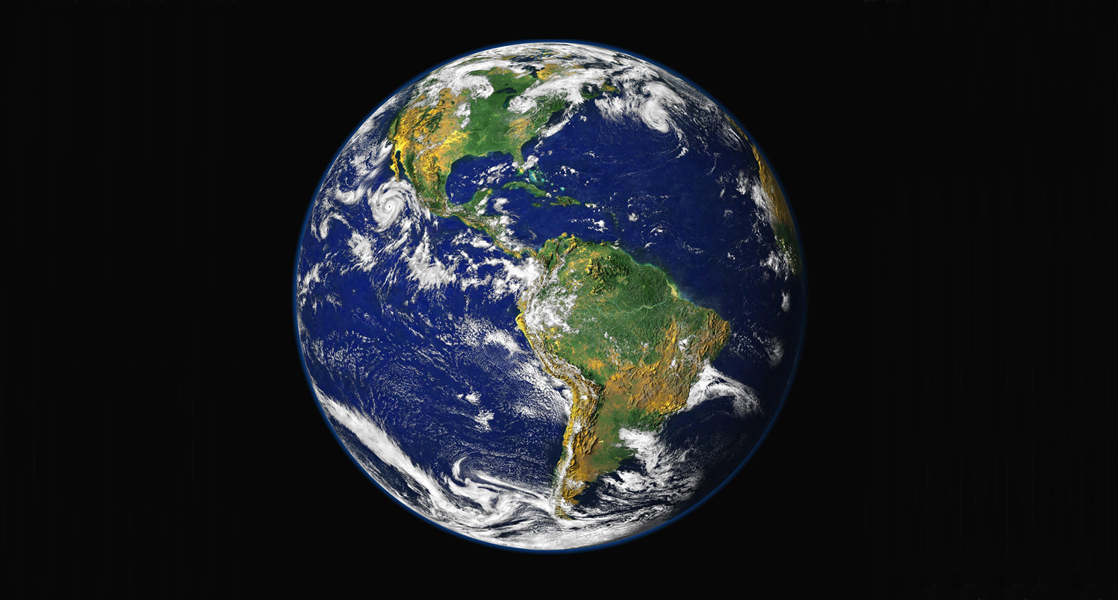10. Microbial Ecology and Applied Microbiology
10. Introduction

It is believed that the Earth is 4.6 billion year old, with the first cells appearing approximately 3.8 billion years ago. Those cells, the bacteria and very shortly thereafter, the archaea, evolved and adapted to every conceivable environment as they spread. Eventually they changed the Earth’s atmosphere and they gave rise to the first eukaryote, ultimately leading to all the life forms that we see today, as well as the life forms that became extinct before we got here.
Microbial life is amazingly diverse and microorganisms quite literally cover the planet. In fact, it has been estimated that there are 100,000,000 times more microbial cells on the planet than there are stars in the observable universe! Microbes live in all parts of the biosphere where there is liquid water, including soil, hot springs, the ocean floor, acid lakes, deserts, geysers, rocks, ice and even the mammalian gut.
By virtue of their omnipresence, in turn a reflection of how long they’ve been here, microbes impact the entire biosphere; indeed, microbial metabolic processes (including nitrogen fixation, methane metabolism, and sulphur metabolism) collectively control global biogeochemical cycling. They are, in fact, the biological infrastructure of the planet. Microbes are vital to every ecosystem on Earth and are particularly important in zones where light cannot approach: that is, where lithotrophic bacteria and archaea are the primary producers, giving rise to an associated food web. Microorganisms participate in a host of fundamental ecological processes including production, decomposition, and fixation. They can also have additional indirect effects on the ecosystem through symbiotic relationships with other organisms. In addition, microbial processes can be co-opted for biodegradation or bioremediation of domestic, agricultural, and industrial wastes, making the study of microbial ecology particularly important for biotechnological and environmental applications.
Media Attributions
- The_Blue_Marble

